What is Email Marketing?
Email marketing involves sending out various advertising messages to people. They are often used to generate sales or lead and may contain advertising. If you’re new to email marketing, there’s no better time to get started. The email industry has changed a lot since Connected Communications established its first email business in 1998. I learned that knowing how to get started in email marketing is often the hardest thing to do. To help you out, I’ve compiled ten things you should do when you’re new to email marketing:
10 Best Strategies to Do Email Marketing
1. Choose an email marketing provider:
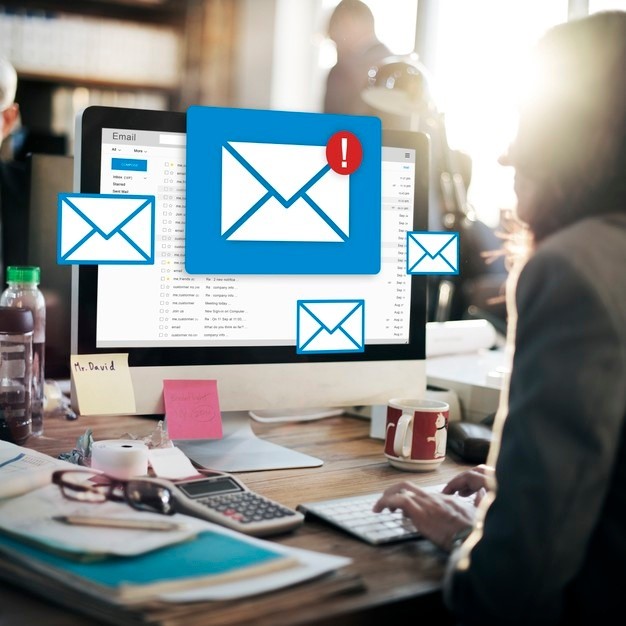
If you are seriously interested in email marketing, consider working with an email marketing service provider. Working with a provider is the only way to automatically use your email marketing to send messages to multiple people or groups of customers.
You can also use professional email templates, tools to help you promote and manage your email list, and tracking features that show you who opened and interacted with your campaign and message.
2. Write contact details for your email business:
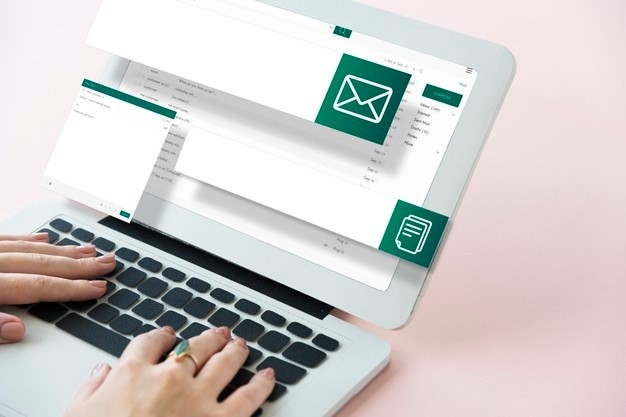
Most companies have contacts to create email lists. Think about the customers and people you already have relationships with. These could be the business addresses you regularly send; Maybe you’ve just started with a few supportive friends and family.
Don’t despair, even if you create an email recipient list from scratch. First, place a paper registration form next to your payment, add an online registration form to your website, and encourage your social media followers and loyal customers to sign up. Whatever you do, don’t be tempted to buy an email list. Email marketing is about building and maintaining relationships; Better a poor horse than no horse.
3. Add your contacts to your sales email account

Add your contacts to your account once you have an email marketing account with your first mailing list. You can start by downloading your contact list from an existing spreadsheet or importing contacts directly from a Gmail or Outlook account. Whenever possible, organize your contacts into separate lists according to what you know about them. For example, if you have a gym, create a different email list for swimmers and yoga classes. This allows you to send targeted emails based on your interests.
4. Configure your welcome message

Your welcome message is the first message your new customers receive from you. Welcome emails are very important as they seem to be the first attraction and reach people when they are very busy with your business. You can expect a higher average open frequency for your welcome message, so be sure to enter the value right away. Start with a warm welcome, tell her what you can expect in the future, and give her something important right away. Once set up, your welcome message will automatically be sent to all new contacts.
5. Create a reusable email template
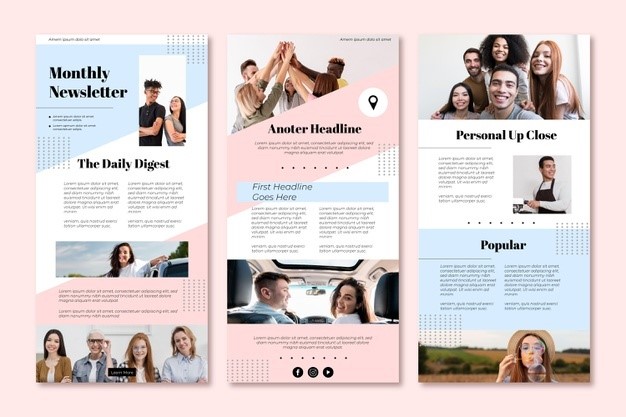
Here’s the fun part! Even if you’re not a designer, you can send well-designed and professional-looking emails on any device. Personalized communication offers hundreds of email templates, including current templates that will look great in your inbox.
When choosing a template, look for a clean, attractive layout that quickly reflects your purpose. For example, people often browse their inbox while travelling, so choose a mobile email template that easily connects to any device.
Then customize your template to match your brand by putting your company logo in your email and linking the photos to your homepage. Next, add colour to your company’s signatures and create an email folder with your company name, contact details and links to your active social media channels. Once you’ve set up these key features, make a copy of your email and save the version as a master template. You won’t have to start over and add your brand every time you use this reusable template.
6. Practice writing interesting messages
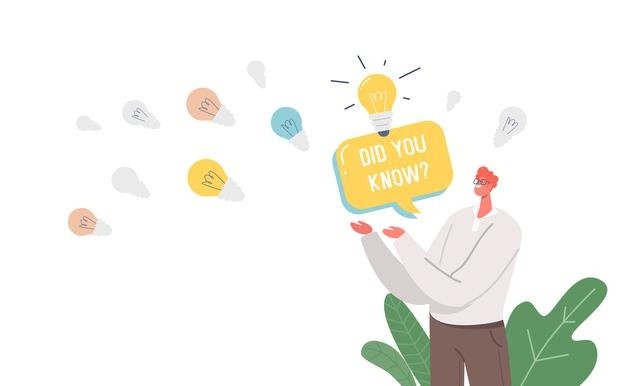
This is often one of the most exciting steps for an entrepreneur. I understand – the author’s barrier happens to all of us. What makes me angry is when I allow myself to speak face to face and write down what I want to say. It’s also a good idea to follow a workable process and divide your work into three main sections:
- What do you offer? – high ranking
- How will this help the reader? text message
- What should you do next? call to action
7. Spend time on the topic
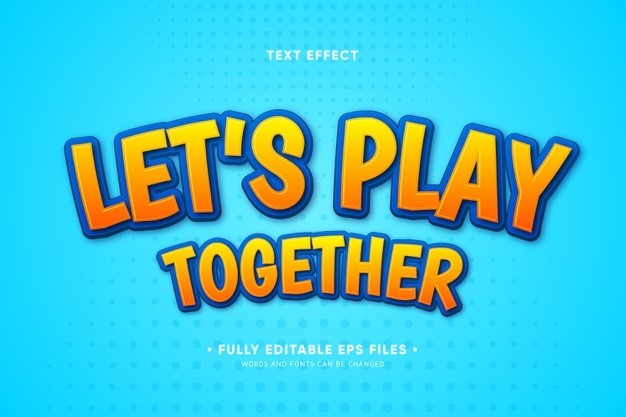
Your email subject line is one of the most important lines of text in all of your emails. Why? Your fans will see your thread even before they open your message. Make common sense, and people won’t be able to help but open up. Write something boring, and they can skip your post without thinking twice. You can get attention by asking a strong question, including an emergency deadline, or joking about your work.
8. Review and try before publishing
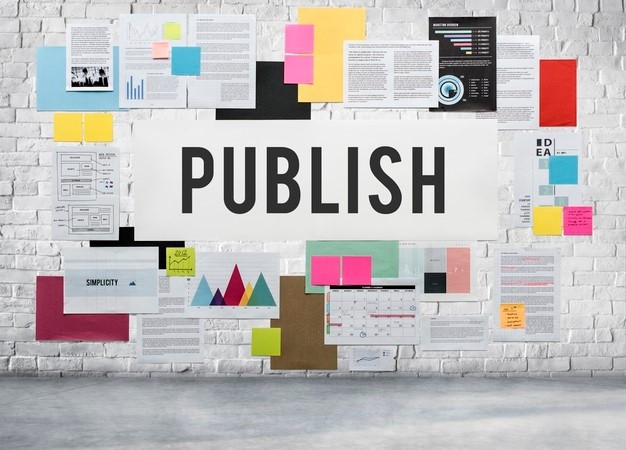
It’s easy to make mistakes all the time, especially if you know how to sell email. You may have forgotten to include an important link or made an embarrassing typo directly in the subject line. To look! Unfortunately, emails do not have a Back button. So never forget to send a test email to yourself or someone else before submitting your complete list.
9. Send your email (by the deadline)
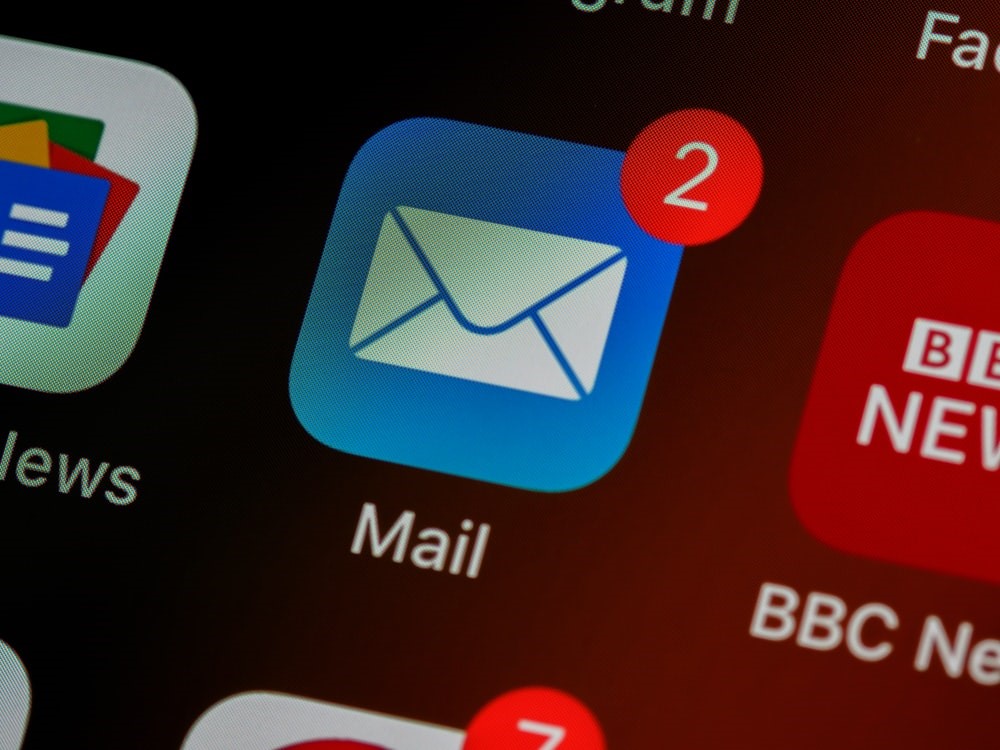
When you’re ready to send an email, time is of the essence. Every audience is different, and the best time to post depends on who is on your mailing list. Based on customer data, we collect information about the best day and time for your industry. You can also create and adhere to a consistent shipping schedule. For example, if you send out a newsletter on the first day of every month, your audience will be eager to receive it in their inbox.
If you choose to watch a certain period, when you register, tell others by saying:
“Would you like to subscribe to our tips and tricks newsletter? On the second and fourth Wednesday of each month, we send out a summary of our best blog posts, upcoming sites and marketing tips.”
Your customers will know when they hear from you, and you can have your message delivered on your schedule.
10. Track your results

Remember that email marketing never stops sending. You can open click speed, stream speed, n.k. You have to monitor it and try to improve it over time. If you want to see genuine results from your email marketing, you need to understand how each email works so you can make improvements and learn more about your clients and followers.
Spending a few minutes on your email reports can provide important information, such as who opened your email, clicked on certain links, and what information was most interesting to your readers. While it’s important to know how relevant your campaign posts are, make sure you follow the actions that violate your emails. For example, how many clicks generate actual subscriptions on your subscription page? What is the total revenue of an email?
Why is email marketing important?
We’ve covered the basics of email marketing, but we haven’t gone into detail on why it’s so vital to your business. Despite the rise of social networks and unwanted spam (which is never a good marketing strategy), email is still the best way to promote potential customers and retain them.
There are many reasons why you should prioritize email marketing, but here are the top three.
- Email is the main means of communication. Did you know that 99% of users check their email every day? This cannot be said of any other means of communication.
- You own your list. Your account (along with all your fans and posts) can be blocked or deleted on any social networking site for no reason. But they own your mailing list. So nobody can take these songs away from you.
- Email returned. Those who buy products sold via email spend 138% more than those who do not receive offers via email. Email marketing makes a profit of 4,400%. Very large! If you’re still not convinced that social media is improving, consider this: the average value of an email request is at least three times that of social media. Email is the best way to sell online. Now that you know the importance of email marketing let us know the best ways to do just that.
You can also click here to learn about different other marketing strategies;
